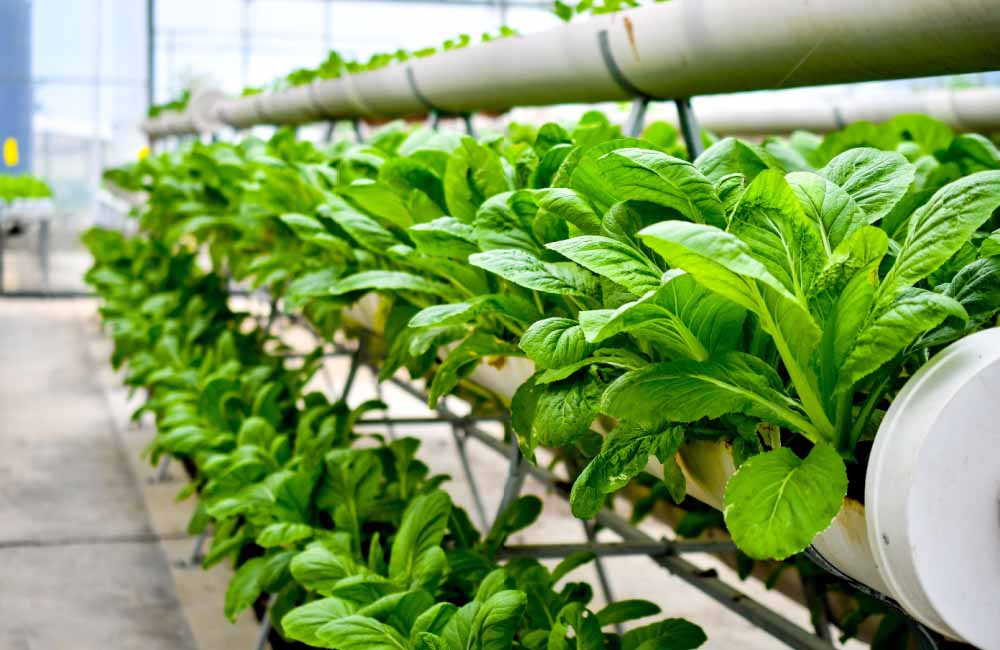Society has reached a point where uncertainty and rapid change have become the new normal, making self-sufficiency more important than ever. Urban farming, once considered a niche hobby, is emerging as a critical skill for those who want to ensure their food supply in times of crisis.
As we face an uncertain future marked by natural disasters, pandemics, and economic instability, urban farming provides a beacon of hope and a tangible solution. Much like having a properly stocked bug out bag, preparing for civil unrest, or having a plan to handle a grid down scenario, urban farming for self-sufficiency can play a key role in the event of a crisis.
The Urban Farming Revolution
Urban farming is a practice that involves growing and cultivating food in urban areas, using limited spaces like balconies, rooftops, and small plots of land. What was once seen as a quaint hobby has transformed into a crucial element of sustainable living. As cities continue to expand, the need for self-sufficiency within urban environments becomes more pressing.
Urban farming provides plenty of benefits in the face of increasingly uncertain times.
Food Security
Urban farming empowers individuals to produce their own food, reducing reliance on external food sources. This increased food security becomes invaluable during supply chain disruptions or times of crisis.
Environmental Sustainability
Growing food locally reduces the carbon footprint associated with transportation and storage. It promotes sustainable agriculture practices, reducing the need for harmful pesticides and herbicides.
Improved Nutrition
Freshly harvested produce is richer in nutrients compared to store-bought alternatives. Urban farming allows you to grow a variety of fruits, vegetables, and herbs, ensuring a balanced and nutritious diet.
Economic Resilience
Producing your own food can lead to significant cost savings in the long run. Additionally, surplus produce can be shared or sold within your community, creating a potential source of income.
Mental Well-Being
Gardening and tending to plants has been linked to reduced stress levels and improved mental health. It provides a therapeutic outlet and a sense of purpose.
The Urban Farmer’s Toolkit
Urban farming includes a variety of proven strategies and approaches. For example, container gardening involves the use of containers, pots, and vertical gardens to maximize sometimes limited space.
Hydroponics and aquaponics are soil-less cultivation methods that are efficient and require less space compared to traditional gardening. They also conserve water and nutrients. Composting is also key, as it turns food scraps and organic waste into a nutrient-rich compost, creating a sustainable cycle within an urban farm.
Vertical farming makes use of vertical space to grow plants on shelves, walls, or specialized vertical farming systems. This innovative approach maximizes productivity. Indoor growing systems do the same, using grow lights and controlled environments to extend the growing season and enable year-round cultivation.
Urban Farming Works Better as a Community Project
Urban farming is not just an individual pursuit. It’s a community-building endeavor. By sharing knowledge, resources, and surplus produce, urban farmers can create a network of support that strengthens the entire community’s resilience.
While urban farming offers numerous benefits, it’s not without challenges. Limited space, pests, and potential regulatory issues can arise. However, with proper planning, creative solutions, and community engagement, people overcome these challenges.
In an era marked by uncertainty and the potential for crisis, urban farming emerges as a beacon of hope. The concept of “apocalypse harvest” embodies the idea that through cultivating their own sustenance, people gain a sense of control and self-sufficiency. By embracing urban farming, they not only ensure their own well-being but also contribute to building stronger, more resilient communities.







Leave A Comment